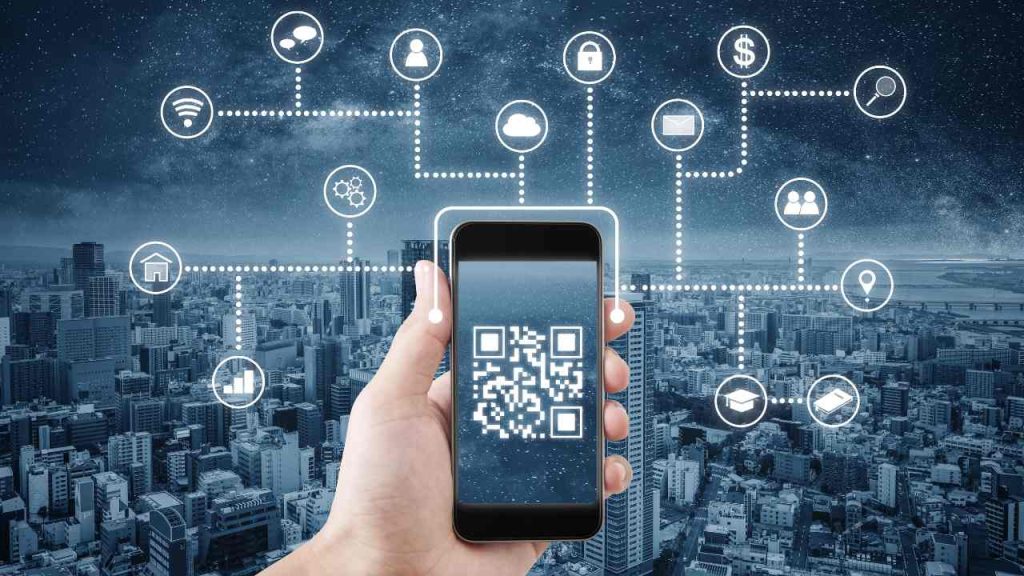As technology continues to advance, businesses are utilizing various methods to streamline their operations and enhance their online presence. One of the approaches that have gained popularity over the years is the use of Quick Response (QR) codes. These codes make it easy for customers and employees to access information quickly and conveniently.
However, cybercriminals have found a way to exploit this technology by using it for phishing scams. In this blog post, we’ll explore QR code phishing (quishing), what it is, how it works, and what businesses can do to protect themselves.
What is Quishing?
Quishing (QR-phishing) is a type of phishing scam that uses QR codes to deceive users into providing their personal information, such as login credentials or financial information. The scammer creates a QR code that appears to be legitimate, and when scanned, it takes the user to a fake website where they are prompted to enter sensitive data.
How does Quishing Work?
Quishing works by creating fake QR codes that mimic legitimate ones. Scammers then place these codes on flyers, labels, posters, or any other public space where people can scan them. Once the user scans the code, it takes them to a counterfeit website that looks like the real thing. Victims are then prompted to enter their sensitive information, which is then stolen by the attacker.
What is an Example of Quishing in Social Engineering?
An example of quishing in social engineering could be a scammer placing a fake QR code over a genuine one in a public setting – for instance, on a payment terminal or on a poster advertising free WiFi.
When users scan the code expecting to make a payment or connect to WiFi, they are directed to a fraudulent website designed to look authentic. The website may prompt them to enter their payment details or login credentials, which the scammer then has access to.
This deceptive method plays on the trust people place in QR codes and their authentic-looking interfaces, thereby portraying the sophisticated social engineering aspect of squishing.
How do Hackers use QR codes to steal data?
Hackers use QR codes to steal data by placing malicious QR codes in places where people are likely to scan them, such as on posters, business cards, and flyers. When the user scans these codes, they take them to a fake website designed to look like the real one. On this website, users are prompted to enter sensitive information such as login credentials or financial information. This information is then stolen by the hacker, who can use it for any number of nefarious activities.
What are the Dangers of Quishing?
One of the biggest dangers of quishing is that victims may not realize they have been scammed until it is too late. Once a hacker has their sensitive information, they can easily access bank accounts or other accounts and use the stolen information to commit fraud. Additionally, victims may not realize that their data has been compromised until it is too late, as it can take some time for them to notice any suspicious activity on their accounts. Quishing scams are increasingly sophisticated, so it is important for users to remain vigilant when dealing with QR codes in public settings.
How can Businesses Protect Themselves?
To protect themselves from quishing attacks, businesses can take the following measures:
- Educate employees on QR code phishing and other cyber threats. This helps them stay informed about the latest risks and how to identify them.
- Use secure QR codes generated by reputable sources. This ensures that the codes are legitimate and cannot be easily tampered with by attackers.
- Use anti-malware and anti-phishing software on all company devices. This helps detect and block malicious attacks before they can cause damage.
- Regularly monitor company accounts and networks for any suspicious activity. This enables businesses to take swift action to prevent any potential breaches.
- Limit the use of QR codes to essential business operations only. This minimizes the risk of exposure to phishing attacks.
Conclusion
In conclusion, the use of QR codes is an efficient way for businesses to provide convenience to their customers. However, cybercriminals have taken advantage of this technology to carry out phishing scams. By educating employees, using secure QR codes, using anti-malware and anti-phishing software, monitoring company accounts, and limiting QR code usage, businesses can protect themselves from quishing attacks. It’s crucial for businesses to remain vigilant and take necessary measures to safeguard their operations and customer’s data.



